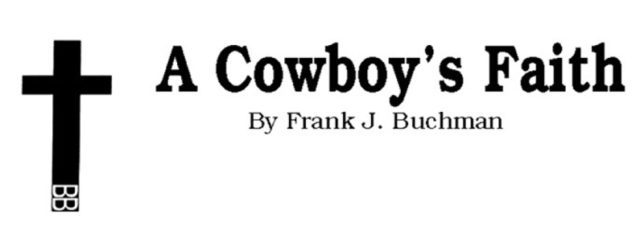Smoke is in the air.
Where there’s smoke, there’s fire. The haze and smell we’re experiencing is the annual spring Flint Hills burn. Blazes started a month ago in the south and will continue for the next two weeks. Still a little controversy about merits of singeing grazing land, but
most admit firing pastures is a necessity.
Disagreement comes about how often the match is needed, and time when the strike should occur. Consensus is that benefits are great. Rangeland scientists contend that nature burned herself for centuries. Lightning would strike, and the old growth charred. Difference now is that man is the timing manager.
Results are the same with the hills cleared of roughage along with intruders: brush, trees and weeds. Baby grass blades peek through the blackened earth within hours after the last ember cools. Tender, luscious and nutritious pasture which follows puts pounds on cattle more efficiently than any other feedstuff known to mankind.
Inferno is likely to be bigger this year, because there’s plenty of fuel and abundant moisture. Hard to scorch the earth if no old grass remains, either having been grubbed by over stocking or insufficient rain for growth. Spotty burning makes blotchy grazing as cattle return to the growing succulence, leave the stubble, and create more inconsistency.
Dry winters are often a prelude to low spring and summer rainfall. Pasture managers are cautious of firing grasslands with low subsoil moisture. Better to have some mature forage, than black soil and flint rock visible the first of June when typically green growth would have them covered by May Day. Plenty of moisture now, so flames will glow.
Important as it is, pasture burning is hazardous. Many accidents, including deaths, have occurred during range conflagrations. Once combustion starts, it is often impossible to stop. A few years ago, a runaway blaze spread over 30 miles in three counties before running out of fuel. Smoke creates danger, too, as it obscures roadway driver vision.
Planning, setting and controlling fires is a science, and long-timers have it pretty well perfected. Still, nature always has the upper hand. Sudden change of wind direction and speed can turn everything helter-skelter instantly. Burning regulations have increased, and permits are required. Fire and emergency personnel must be advised before flaming.
Thankfully, our creator worked on the third day as noted in Genesis 1:11: “And God said, Let the earth bring forth grass, the herb yielding seed, and the fruit tree yielding fruit after his kind, whose seed is in itself, upon the earth: and it was so.”
As we manage the prairies, Jesus promises our care in Matthew 6:30 and Luke 12:28: “Wherefore, if God so clothe the grass of the field, which today is, and tomorrow is cast into the oven, shall he not much more clothe you, O ye of little faith?”
+++ALLELUIA+++
